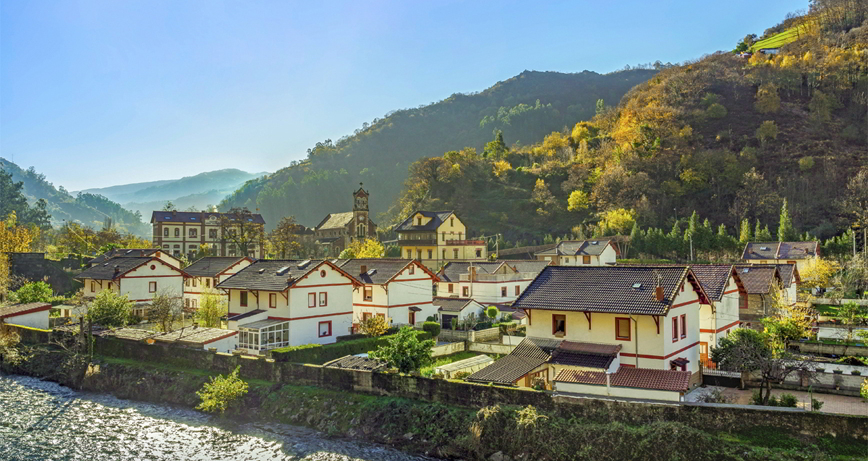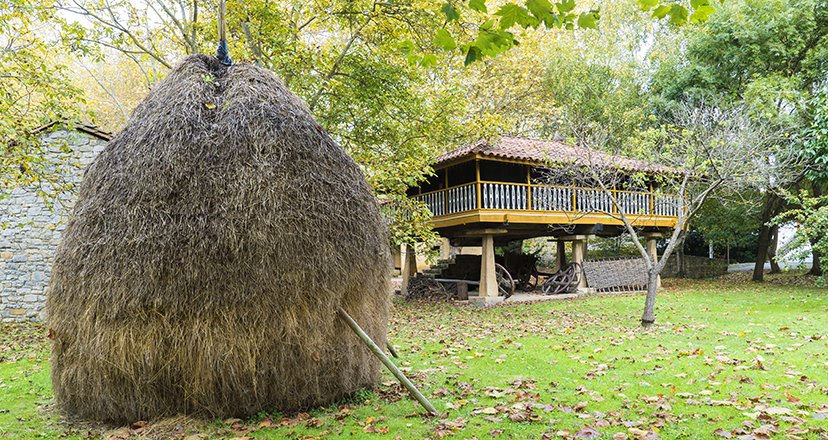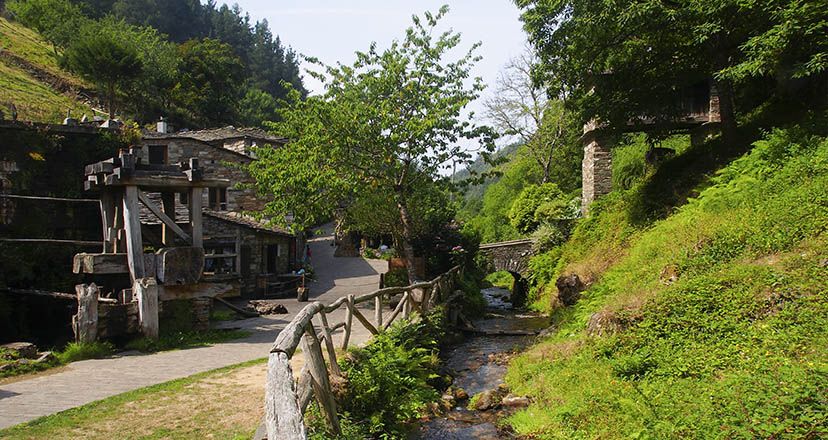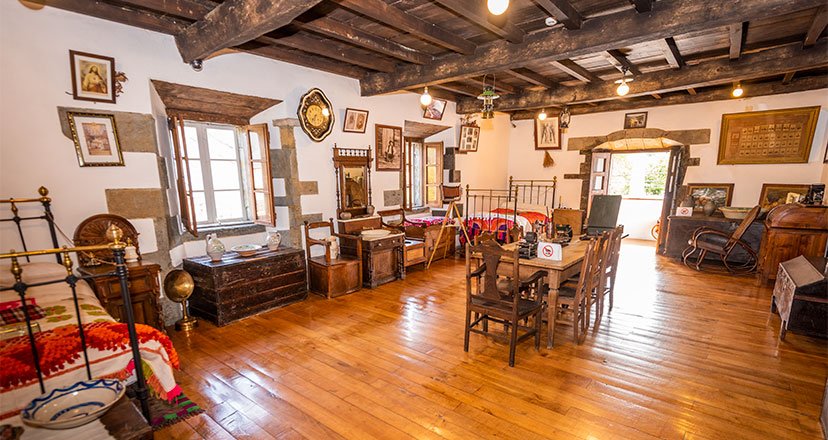Back The 10 museums in Asturias that you can't miss

The 10 museums in Asturias that you can't miss
An itinerary through the 10 museums of Asturias that you cannot miss will be a delightful journey through the soul of a land of splendid landscapes and great landscapes.
It is always worth taking a stroll through Asturias, and on that stroll there are some museums that you cannot miss. They are continents and contents that immerse you in the very essence of a land of sea and mountains, of a land that loves art, of a creative and sensitive land, a land of ingenuity, of survival, of coal and steel, of green paths and iron roads, a fertile land that adores the fruits of nature and transforms them into cider.
The soul of Asturias is broken down into small pieces and each one is in a museum, and each museum is in a special place, different, exquisite or sublime, everyday and familiar, but they are all a unique space, where you will experience sensations that you never thought existed.
That's why we propose an itinerary through the 10 museums in Asturias that you can't miss!
The temples of memory
If there is one thing that characterises Asturias, it is its fascinating past, which appears in every corner, in every village, in every town, in every city and, in short, in every landscape.
And Asturias often treasures the extraordinary legacy of its memory in magnificent continents. Three examples will suffice to prove it: the Museum of the Asturian People, in Gijón; the Ethnographic Museum of Grandas de Salime, and the Museum of the Mills of Mazonovo, in Taramundi.
The Muséu del Pueblu D'Asturies is in Gijón/Xixón, on the banks of the river Piles, and very close to the Molinón Stadium, in a residential area of the city, very quiet and suitable for strolling.
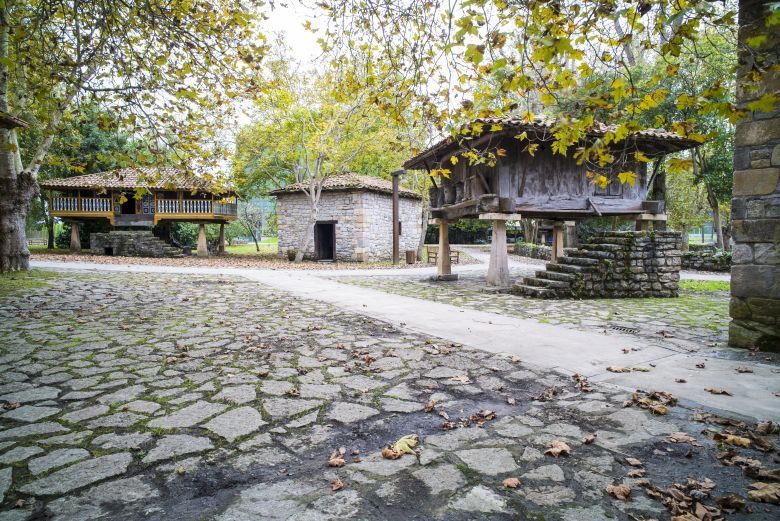
The different buildings of the museum are surrounded by greenery, and in the natural enclosure in which it is located there is even a lagoon. The presence of different birds, trees and typical Asturian constructions such as hórreos (raised granaries), as well as some large houses, give the place a special and very pleasant atmosphere to visit. Likewise, the documentary, graphic, ethnographic and bibliographic contents, as well as works of art and various objects make this museum one of the most qualified as an authentic temple of the memory of Asturias.
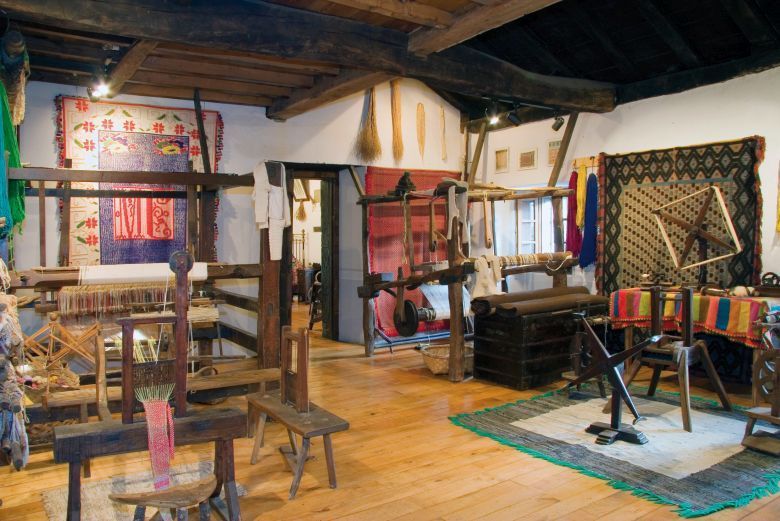
Another great compilation of Asturian memory, in this case specifically rural and centred on what life used to be like in the west of Asturias, is the Ethnographic Museum of Grandas de Salime. The recreation of a house, the school, the bar-shop, the traditional trades, the machines and everyday objects that helped to improve life, the traditional customs... You'll find everything in this museum, which is also at the foot of one of the most emblematic stages of the Primitive Pilgrim's Way to Santiago de Compostela, the last one before entering Galicia.
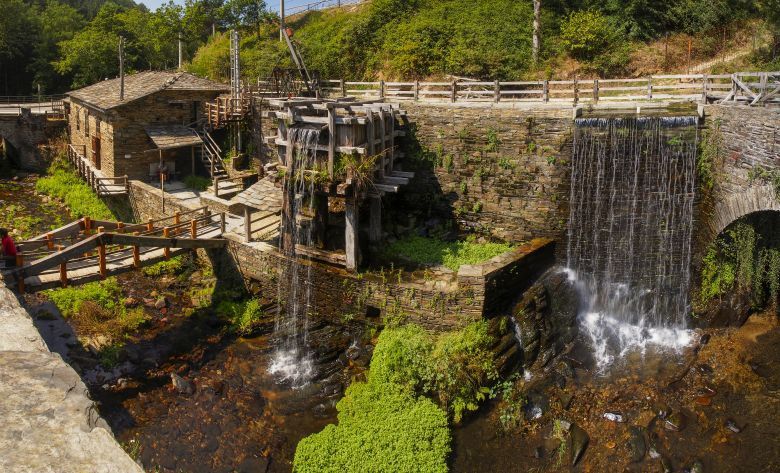
But if what fascinates you are hydraulic devices and observing how water from rivers and streams has been used since ancient times for everyday life through different types of mills, your destination is undoubtedly Mazonovo, in the council of Taramundi, where the Windmill Museum, located in an idyllic spot by the river - as you would expect - allows you to see several mills in operation (the space has more than 20 and is one of the most complete in Spain).
In these three temples of memory you will have contemplated a substantial part of Asturias' past!
With a lot of art
If there is any museum in Asturias with a lot of art, it is the Museum of Fine Arts, which stands out especially for its large collection of more than 15,000 pieces from the 14th century to the present day, with a varied representation of painting, sculpture, drawings, photographs and applied and industrial arts (especially glass and earthenware).
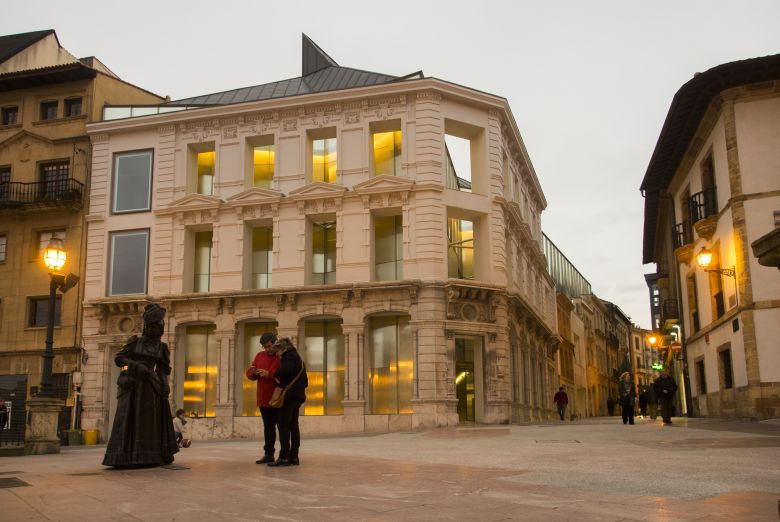
In short, a one hundred percent artistic space in the historic centre of Oviedo/Uviéu, in buildings of great architectural value such as the Palacio de Velarde, and the recently built and conceived extension to the museum, designed by Francisco Mangado. In fact, the whole is a mixture of classicism and avant-garde, which contributes to create an intoxicating atmosphere, ideal for the enjoyment of art in capital letters.

And then wander around historic Oviedo, which is a real treat!
A glimpse into the past
One of the best ways to get a complete and rewarding glimpse of Asturias' past is to visit the Archaeological Museum of Asturias, where in just three floors you will travel from prehistoric times to the dawn of the Modern Age. The museum is housed in the old Benedictine monastery of San Vicente, dating from the 16th century and intimately linked to the history of Oviedo/Uviéu and to Father Benito Feijoo, one of the great Spanish writers and thinkers.

The Archaeological Museum, also in the historic heart of Oviedo, is a museum that combines interactive elements with traditional ones to perfection, and the size of the building allows it to house contents of great scientific rigour in a pleasant and accessible way.
So, for example, you will be able to learn about cave art or pre-Romanesque art in a natural way!
To enjoy with the family
The Jurassic Museum of Asturias - MUJA - is one of the newest museums in Asturias (it was inaugurated in 2004), and precisely for this reason it combines the scientific part with the more recreational part. Because of its location and the conception of its space, it is ideal to visit with the family, and both children and adults will go crazy with joy.
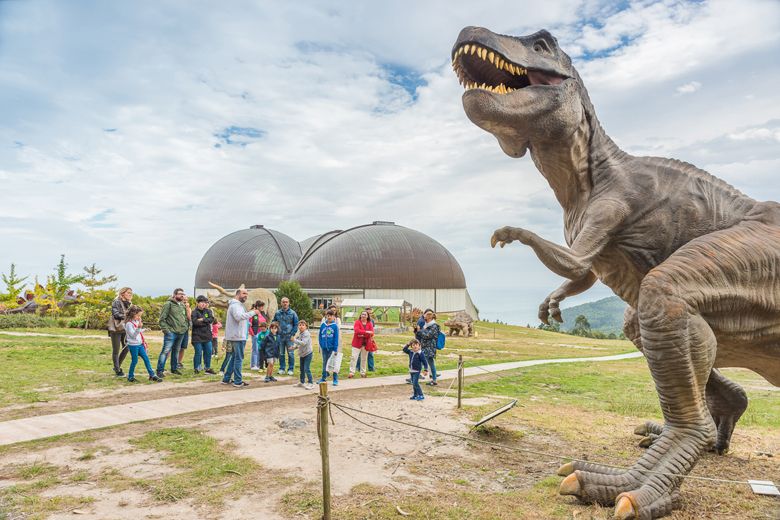
The MUJA is highly interactive and throughout the year it has an entertaining programme of talks, workshops and outings in the surrounding area to learn about the life of dinosaurs in this part of the Asturian coast.
Both the exterior and the interior of the museum are very attractive. In the outside area you will be impressed by the 23 life-size replicas of different types of dinosaurs, with the added charm of the incredible views of the Cantabrian Sea and the Picos de Europa from the San Telmo rasa (where the museum is located).
A place to enjoy like a child, and even more if it is with the family!
Cider and the railway: a very Asturian pairing
Both cider and the railway are inextricably linked to Asturian culture and landscape. The former because it is the drink of Asturias par excellence, and it has its roots and tradition in the most distant past, and the railway because it has been much more than a means of transport, and it is part of the industrial and social history of a territory that was a pioneer in the technological revolution during the 19th and 20th centuries.
So you have it really easy to approach the history of these two worlds through two unique spaces: the Cider Museum and the Railway Museum.
The Cider Museum is in the charming and atmospheric village of Nava, home to some of the oldest cider presses in Asturias and where good cider has always been produced and consumed, as evidenced by the great Cider Festival held there every year at the beginning of July.
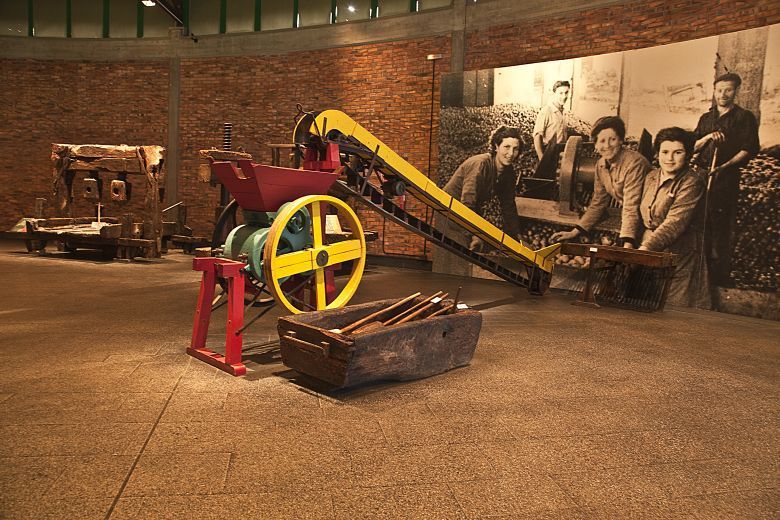
In the museum you will follow the trail of the apple from the time it is in the orchard until it reaches your palate converted into cider, and you will also learn all about the cider's cultural environment: the espicha, the chigre, the tonada, etc. And if you're up for it, you can even learn how to pour cider.
And from cider to the train with incredible ease. If you come to Gijón/Xixón and want to travel back to the 19th and 20th centuries, you must visit the Railway Museum, where you will find a faithful portrait of Gijón/Xixón as a factory and workers' town in the second half of the 19th century and the beginning of the 20th.
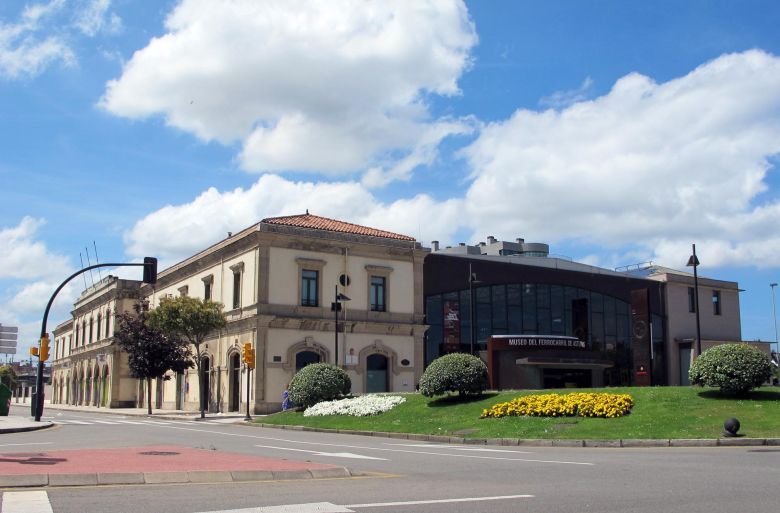
Located in the old North Station, almost facing the sea and at the foot of what were the most important shipyards of the 20th century in Spain, the museum's installations have a novelistic air, and look like the ideal setting for a film. A visit to the museum will immerse you in the history of transport, communications and the social changes of the last 150 years.
A cider butt and an old steam locomotive, two luxuries at your fingertips in these quirky museums!
The mine and the sea
A popular Asturian song entitled La mina y el mar (The mine and the sea) poetically and simply expresses the deep connection that exists in Asturias between both worlds: the miner and the sailor.
Both the sea (Asturias has 350 kilometres of coastline) and the mine (which even has a pre-Roman tradition) are two deeply-rooted cultures in a land where both in the mountains and on the coast you will see beautiful landscapes, often dotted with scenes where the customs and way of life that for centuries made survival possible in Asturias come to the surface.
So it is not at all surprising that there is a maritime museum and a mining museum, whose visit will undoubtedly be a unique experience, not only for the surprises that await you there, but also for the scenic beauty of the surroundings of both.
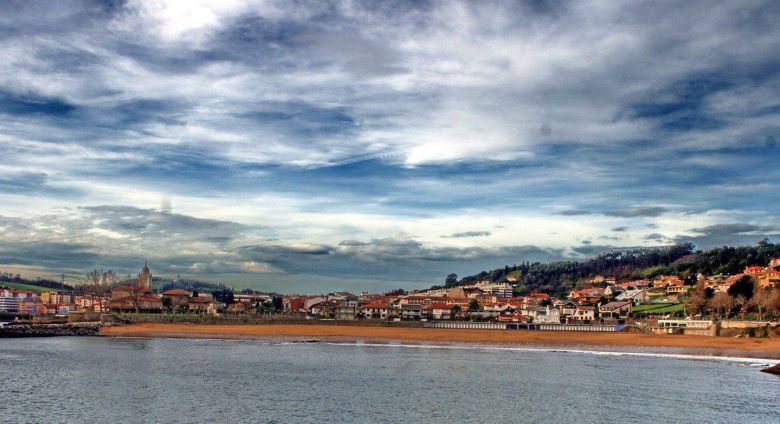
The Asturias Maritime Museum is in Lluanco/Luanco, one of the most beautiful fishing villages on the central Asturian coast, very close to Peñes (the northernmost point of Asturias). A visit to this area guarantees you a welcoming seafaring atmosphere, as Lluanco/Luanco is a lively place, where you can stroll through its splendid historic quarter or along its beaches, and where you can sample the best of seafood cuisine. And as the perfect cultural garnish, you have the museum, whose existence responds to the remarkable culture and concern for the sea that exists in Asturias.
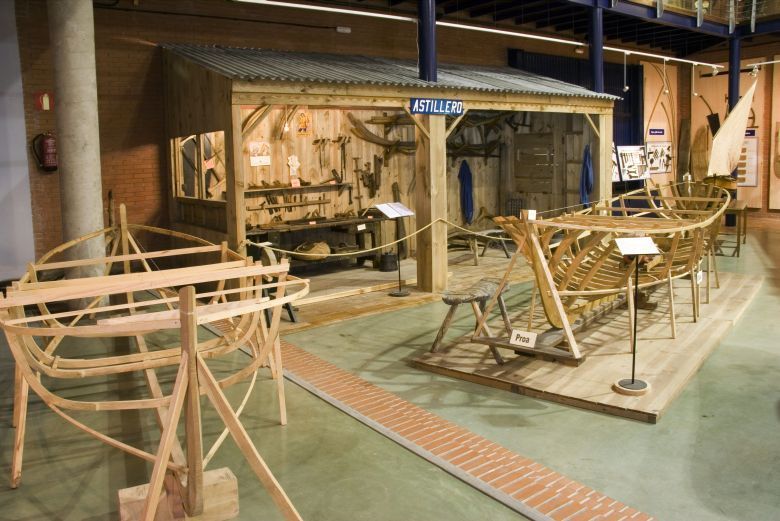
The museum will provide you with a detailed overview of maritime activities, as well as documentation, bibliography and interesting images, and you will also learn about the area's thriving canning industry.
And from one industry to another. If you want to change tack and get to know the mine, one of your must-see places is the "Valle de Samuño" Mining Ecomuseum, located in the valley of the same name, in the Nalón mining basin (one of the most traditional industrial areas in Spain).

In addition to the charm of the greenery and the narrowness of the valley, there is the 20th century industrial aesthetics of the former San Luis shaft, now converted into an Ecomuseum, whose esplanade is impressive due to the imposing castle and the appearance of its installations. And inside, it does not disappoint, quite the contrary. Both the spaces outside the shaft (engine room, lamp shop, workshops, etc.) and the underground galleries are the ideal place to feel like a miner, and if you also take the train journey from Cadavíu station, the sensation is complete.
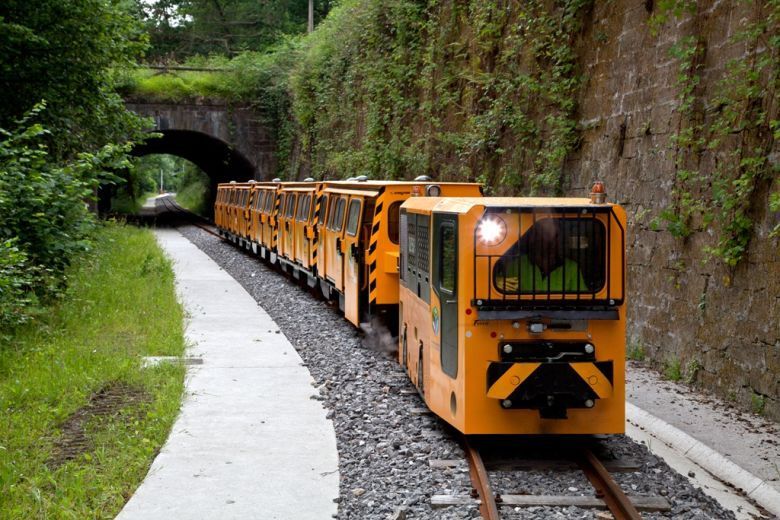
If you realise that with just two museums you will have sung the Asturian song of the mine and the sea!
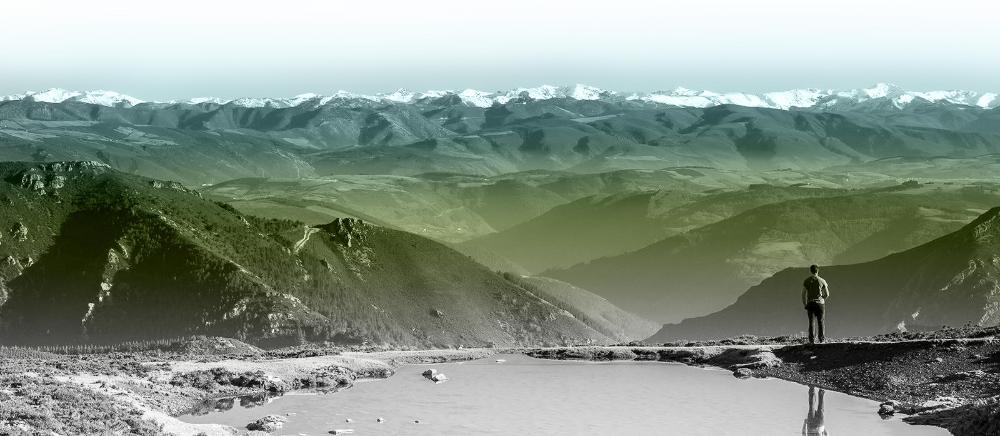
Subscribe to our newsletter and take advantage of offers, discounts, and news
Subscribe